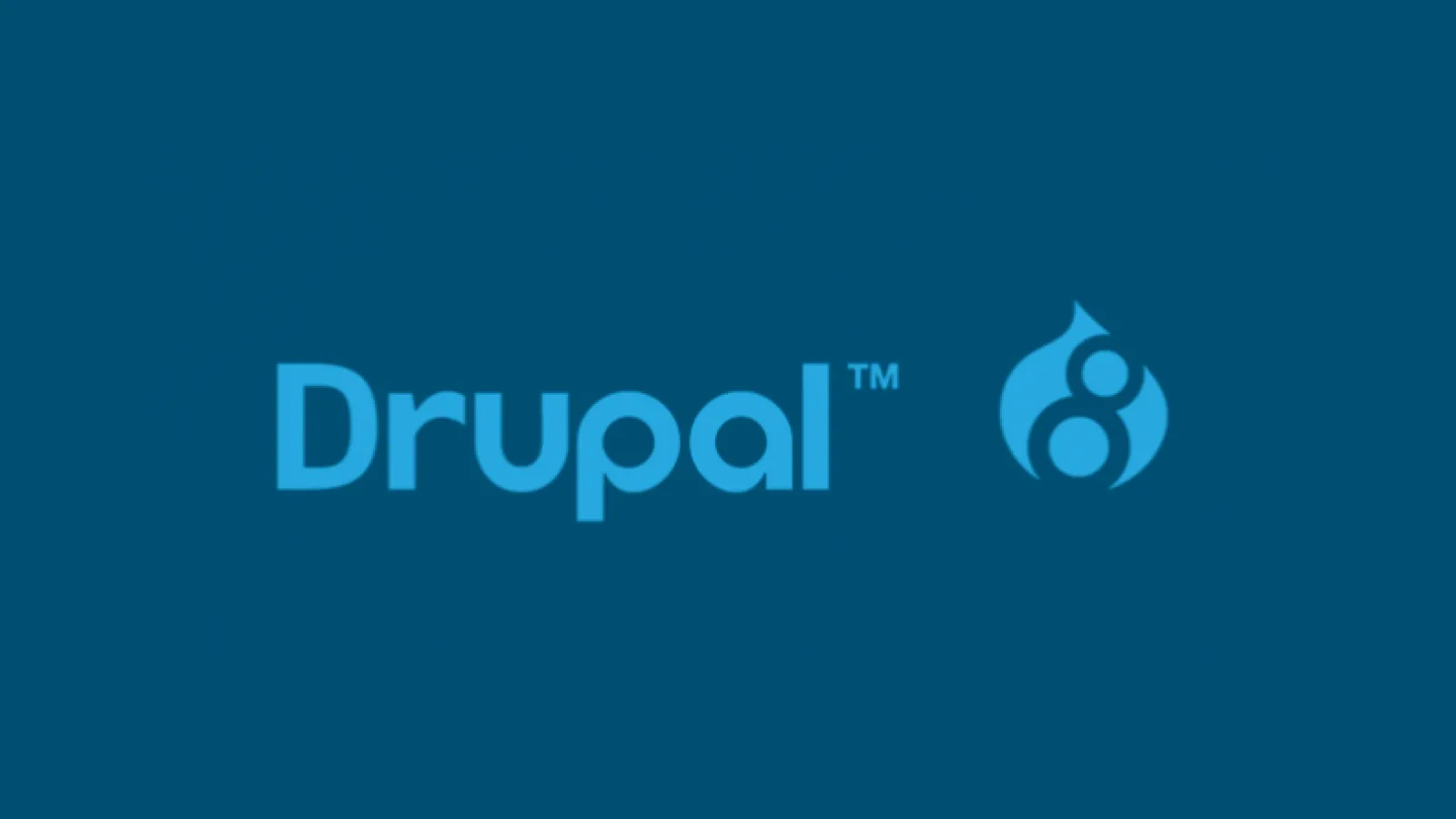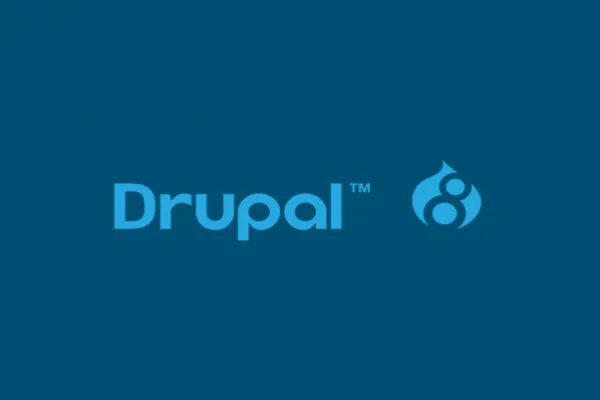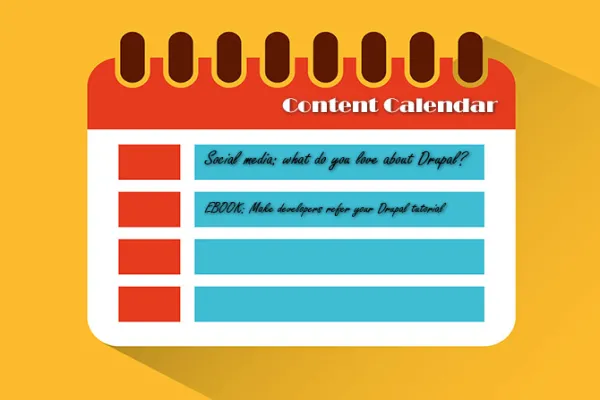Gone are the days when you would keep your intel guarded only to reveal it to the right prospect or to a frequent customer. Content Marketing lets you flaunt your industry specific knowledge in the form of content efforts directed towards a target audience. The ultimate aim of investing in a Content Marketing initiative is to come up with solutions that cater to your organizational goals. Once you have identified the objective for content creation/curation and delivered on the commitment to solve your audience’s pain points, what follows is the evaluation of your content’s performance.
The KPIs (Key Performance Indicators) for a Content Marketing initiative help you measure or rather evaluate the reach and impact of your content. The best content decisions are based on the information sourced from the feedback provided by the evaluation of relevant content metrics. Here we have a look at some of the major performance indicators that come in handy while measuring your content’s performance across the entire sales funnel.
Consumption Metrics : Know how your Content is being Consumed
When you repurpose your content in different formats to get traction on multiple channels, the focus of your efforts must lie on generating more page views and engaging unique visitors. Infographics, downloadable PDF files, expert interviews, whitepapers, infographics, videos and podcasts are content assets that are searched for and widely consumed by a web audience. While page view analytics lets you know the exact web-pages that are generating more web traffic, the unique visitor analytics gives you an idea about the visitors who return to your web properties for more engaging content.
Then there is the Average time on page analytics that gives an insight into the number of people who are actively consuming your content. You can also study the browsing behaviour of your audience, that is if they are really reading through your article or just hopping across the web pages. If you want to identify the behaviour patterns and preferences of your audience, mining the analytics for the same would be the best way to get a hold of the kind of content that drives in the traffic.
Your content may be gated wherein it is locked behind a subscription/registration form. This helps you measure form completions and the frequency of registration forms being filled out with valid contact information. Meanwhile content assets that are indexed separately from a landing page become directly accessible from a browser’s search results, making it ungated.
Engagement Metrics: Engagement Rates for your Content Assets & Social Media Posts
Does your content engage your audience enough for them to pay heed to a call of action? Bounce rate, social shares, comments and the average time spent on the site are all indicators of the level of engagement you have with your readers. The feedback from your audience in the form of social media shares, clickthroughs for content sent via mail, comments and fan mail, clearly shows how engaged your audience is with your content. The more they want to connect with you through different social media platforms and communication channels, signifies the level of positivity they have for your content assets.
Google Analytics has a feature called Average session duration that lets you measure the "engagement hits" or the length of time a visitor spends on your site browsing through multiple pages.The sharing metrics let you identify the content pieces that are being actively shared along with the specific audience that is sharing it.
Lead Generation Metrics : Generating Leads through Content Marketing
What defines the success of a content marketing campaign is the number of qualified leads that it generates during this “middle of the funnel activity”. There may be certain pieces of content that can be used in sync with a marketing automation tool to generate leads online. The qualified leads generated are then passed onto the sales team. According to Dharmesh Shah, CTO, Hubspot, the quality of leads generated through content efforts are much higher and the costs associated are minimal as opposed to lead generation through the paid channels.
An investment in content creation has become an indispensable part of the inbound marketing process as organizations today are increasingly deviating towards content marketing to pass on the messages to their audience. Google Analytics has a Goal Tracking option that lets you configure goals while tracking multiple conversion types with the help of metrics that helps you break them down based on their level of sales readiness.
Sales Metrics : How your content affects the bottom of the Funnel
You need to assign a context to the metrics for them to make sense. There is nothing like a combination of a well documented content strategy and some clearly measurable goals to spearhead a content marketing campaign. One of the best metrics to evaluate the content efforts are the sales metrics, as a content strategy is developed with the pivotal aim of driving sales success. The Sales Metrics help you measure the impact of your content on the sales pipeline. It lets you track how the consumption of your content influenced a content marketing campaign, ultimately leading to sales success.
Retention Metrics : Evaluating the levels of Audience Engagement
Retention Metrics let you track your content’s ability to hold onto your audience’s attention after an initial visit to your web properties. A comparison of the consumption and the retention metrics gives a clear indication of whether your content is effective enough in inspiring an audience to connect with your brand. It also tracks your web audience that keeps returning to your content, along with the frequency of these return visits and their willingness to subscribe to receive your content in future.
Operational Metrics: Metrics that really matter( Production and ROI)
A Report by Content Marketing Institute and MarketingProfs indicates that a list of key challenges faced by Content Marketers include a lack of time(69%), inadequate production of content(55%) and difficulty in generating engaging content(47%). Employee participation is a key operational metric which can be used in the early stages of a content marketing campaign to measure its rate of progress. The Production metrics provide an internal assessment of your content operations like adherence to editorial calendardeadlines and goals along with the performance of your content marketing team. Meanwhile the cost metrics help you in calculating the ROI for your content marketing efforts. It lets you assess the costs involved in producing, distributing and promoting the content assets like blog posts,whitepapers and newsletters etc.
While navigating through a content marketing journey you would have to track the KPIs to make sure that your content efforts are on the right track. KPIs are instrumental in letting you assess your current capabilities that include content generation skills, the ability to integrate third party tools and the use of advanced technologies to further a content marketing campaign in the right direction.
We at Valuebound keep a tab on the latest B2B content marketing trends and developments to provide you with Enterprise level web solutions to boost your digital marketing initiatives. For more information on our service offerings, please Contact Us.





